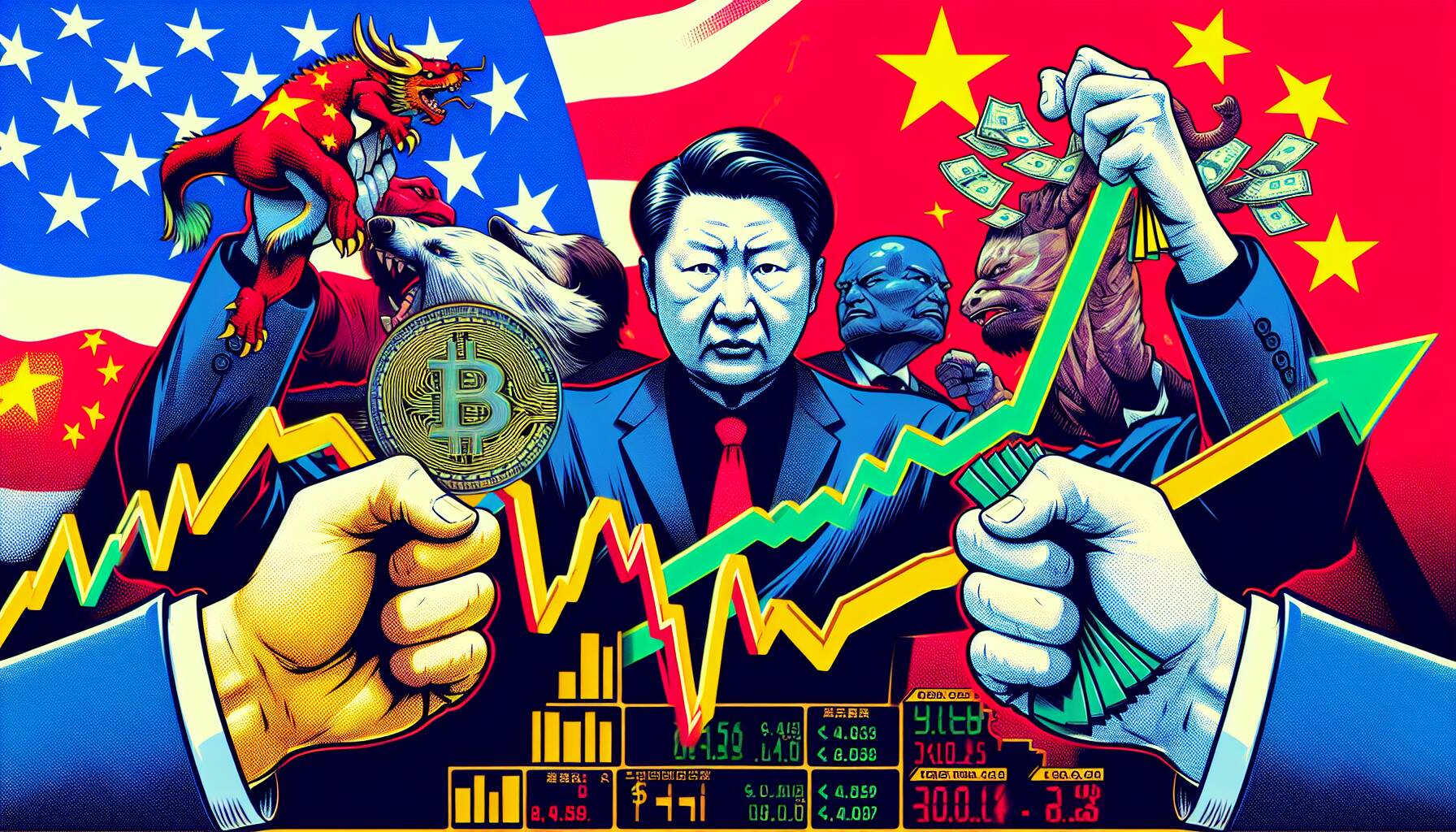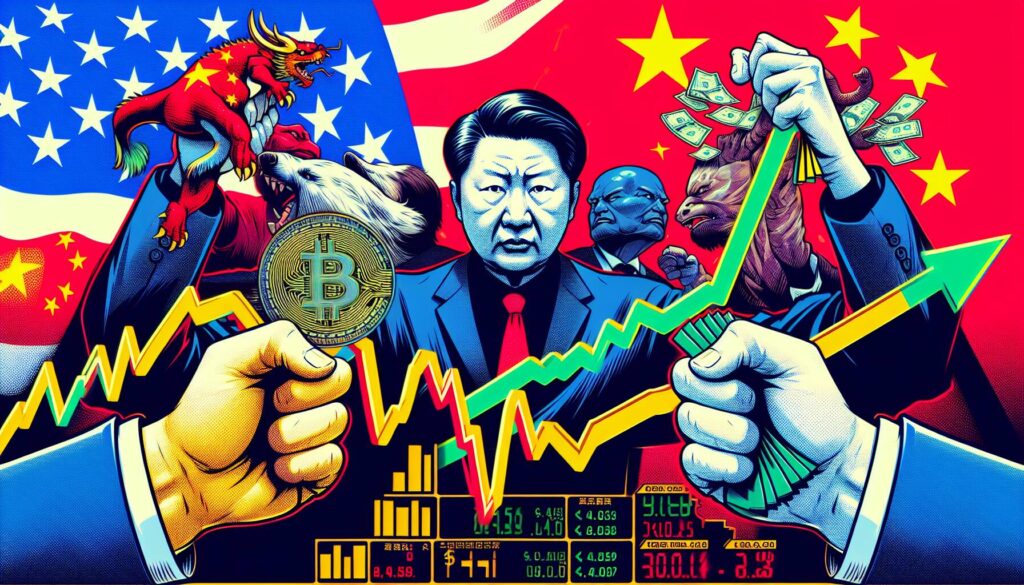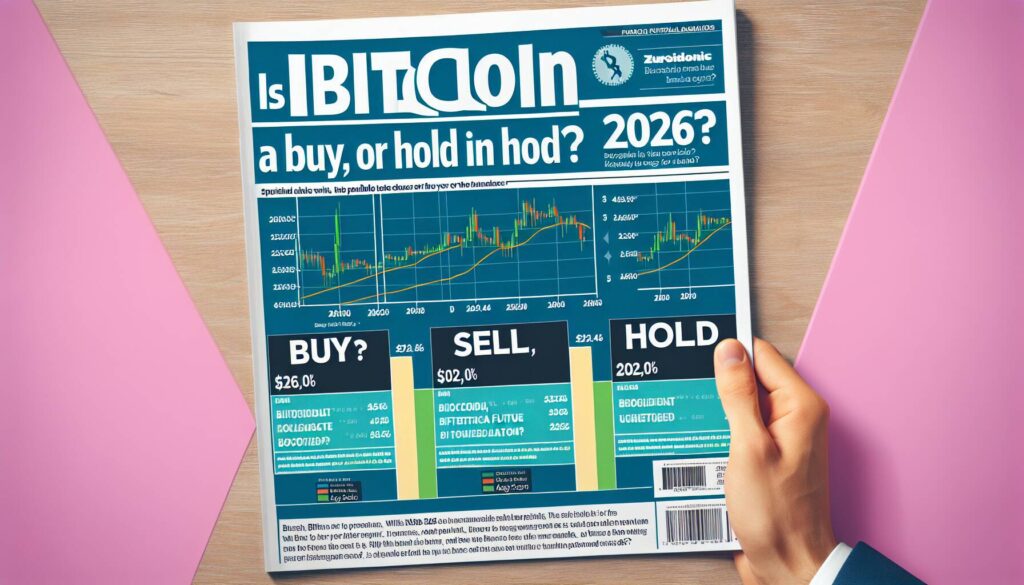The cryptocurrency market is currently experiencing a pause, particularly with the popular assets like Bitcoin and the dollar showing signs of stagnation. While Bitcoin’s fluctuating value often captures headlines, recent reports indicate that it has been struggling to maintain upward momentum alongside traditional markets.
According to various financial insights, such as those from MarketWatch and Bloomberg, the U.S. dollar is on track for a weekly loss against the euro, primarily due to recent tariff delays which have contributed to a broader bearish sentiment. This decline marks the dollar’s lowest point since 2025, creating uncertainty for traders who had anticipated a more robust performance.
“The Trump trade isn’t going as planned this year,” notes Business Insider, highlighting the disparities between expected outcomes and current market realities.
In contrast, Chinese stocks appear to be racing ahead, drawing investor interest as they navigate through geopolitical and economic challenges. The apparent disconnect between the performance of cryptocurrencies and the gains in Asian markets suggests a shift in investor behavior, with appetite for risk manifesting differently across regions.
As the landscape of global finance continues to evolve, the stark differences in market performance among cryptocurrencies, traditional currencies like the dollar, and stocks raise questions about where investors should focus their attention in the coming weeks.

Impact of Current Market Trends on Trump Trades and Currency Valuation
The current economic landscape is witnessing significant shifts in the performance of major currencies and stocks, particularly regarding the dollar, bitcoin, and Chinese stocks. Here are the key points to consider:
- Stagnation of Trump Trades:
- The anticipated gains from Trump trades are failing to materialize this year, indicating a potential reevaluation of investment strategies.
- Investors may need to adjust their portfolios to account for the underperformance of assets traditionally associated with Trump policies.
- Dollar Decline:
- The dollar is on track for a weekly loss against the euro, attributed to delays in tariffs and an overall shift in market sentiment.
- As the dollar weakens, it could impact purchasing power for consumers and businesses, potentially raising prices for imported goods.
- Bitcoin Stalling:
- Bitcoin’s performance is also stalling, reflecting broader concerns over investment in increasingly volatile assets amidst economic uncertainty.
- This may lead investors to reassess their exposure to digital currencies and consider more stable alternatives.
- Chinese Stocks Surging:
- In contrast, Chinese stocks are racing ahead, highlighting a divergence in market performance across global economies.
- Investors may be drawn to Asian markets for growth opportunities, which could lead to a shift in capital flows away from the U.S. market.
- Overall Economic Climate:
- With tariffs delayed and economic data revealing uncertainty, there is growing concern about the overall bullish outlook for the U.S. economy.
- This may prompt consumers and investors to be more cautious, affecting spending and investment behaviors.
“The shifting performance of currencies and stocks serves as a reminder of the interconnectedness of global markets and the need for diligent investment strategies.”
Trade Dynamics: The Trump Effect Versus Asian Markets
The narratives surrounding the currency fluctuations of the dollar and stocks, particularly in the context of the Trump administration’s policies, paint a complex picture. While U.S. financial markets have been grappling with uncertainty, especially as tariff delays cast a shadow over bullish perspectives, Chinese stocks are surging ahead, presenting a stark contrast. This juxtaposition raises intriguing questions about the competitive advantages and disadvantages at play.
On one side of the spectrum, the weakening dollar—evidenced by its descent to 2025 lows—suggests challenges for the U.S economy. Reports highlight that the delay in tariff implementation has contributed to this trend, signaling hesitation from both investors and policymakers. The current environment might deter potential investors who typically thrive in a robust dollar context, indicating that the U.S. is losing its attractiveness as a safe haven.
Conversely, entities with strong ties to Asian markets, particularly Chinese stocks, are reaping the benefits of this unfolding drama. These markets are buoyed by a sense of stability and growth that the American dollar currently lacks. Such dynamics are especially advantageous for international investors looking for more stable returns, offering them a viable alternative amidst U.S. currency instability.
While the scenario seems favorable for investors in Asian markets, it poses challenges for U.S. entities reliant on exports. As the dollar weakens, American goods become less competitive overseas, which could hurt profit margins. This situation is particularly pivotal for industries heavily influenced by foreign trade, highlighting a delicate balance that could lead to bigger economic ramifications.
In summary, the unfolding economic narrative presents significant implications for various stakeholders. Investors willing to pivot may find opportunities in Asian markets, while those firmly rooted in the U.S. may need to reassess their strategies as the Trump trades play out unexpectedly. The interplay of currency valuation, trade policies, and market dynamics will undoubtedly shape financial landscapes for the foreseeable future.
















